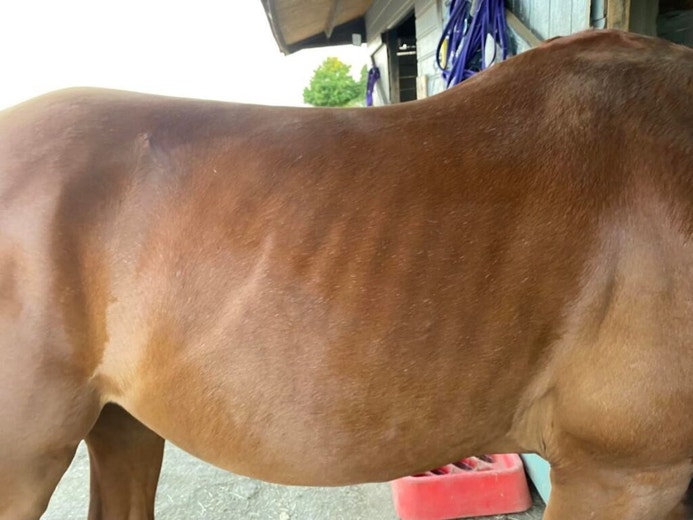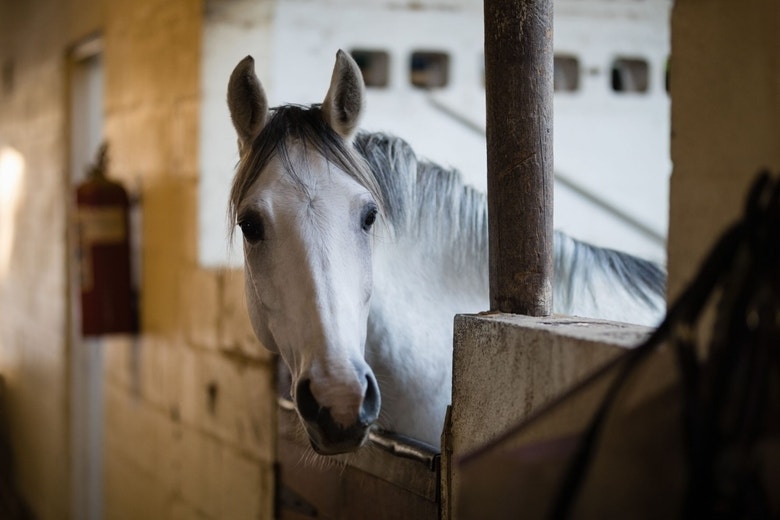#SPILLERSScience: helping to combat laminitis with 28 publications in 16 months

Many owners live in fear of laminitis, and we are on a mission to reduce the number of horses and ponies affected by this painful and potentially devastating condition. We have been researching laminitis for over twenty years and together with our collaborators around the world, have published 28 laminitis-related papers, chapters and abstracts since the beginning of 2023 alone. Much of this work has been presented at key equine veterinary internal medicine and laminitis meetings as well as conferences in the UK, Europe and the US during the past 16 months.
Our recent work
Ultimately, by increasing understanding of the risk factors for laminitis, we hope to help prevent it. Hyperinsulinemia associated laminitis or ‘HAL’ is now considered the most common form of laminitis and includes cases of laminitis associated with equine metabolic syndrome (EMS) and typically with Pituitary Pars Intermedia Dysfunction (PPID) or 'Cushing's syndrome'. Much of our recent work has been related to various aspects of endocrinology (the study of hormones), but we've also carried out work related to forage analysis, faecal metabolite profiling and strip grazing. You can read about our latest strip grazing research in our recent blog.
Five SPILLERS associated papers were published in a special endocrinology issue of the Equine Veterinary Journal (EVJ) in February, accounting for more than 25% of all the papers included. One of these papers (Predictors of laminitis development in a cohort of non laminitic ponies) won the prestigious Peter Rossdale Equine Veterinary Journal (EVJ) Open Award last year. The award is given for the paper that best achieves the Equine Veterinary Journal's mission to publish articles which influence and improve clinical practice and/or add significantly to the scientific knowledge that underpins and supports veterinary medicine in relation to the horse. You can read more about this research in our previous blog or read the published abstract here.
How and why is research published?
For research to make a difference to the health and welfare of horses and ponies, it must be shared and publishing the findings in scientific journals so that it can be accessed by vets and other researchers around the world is the first step in this process.
To be published, research must be written up into either a 'paper' or an abstract (short research summary) and submitted to a scientific journal or conference committee for review. Before it is accepted for publication, it must be independently reviewed by a panel of scientists (chosen by the journal or conference) with suitable expertise to ensure the research methods used were robust and the results were correctly interpreted.
Looking ahead
Rest assured, we will continue with our work until we can find ways to help keep every horse and pony as safe as possible from this dreaded condition. We also promise to share the results with you and wherever possible, translate them into practical advice to help owners reduce as many of the risk factors as possible, all year round - watch this space!
For advice on managing your laminitic horse or pony contact the SPILLERS Care-Line on 01908 226626 or by completing this enquiry form
References available on request.





